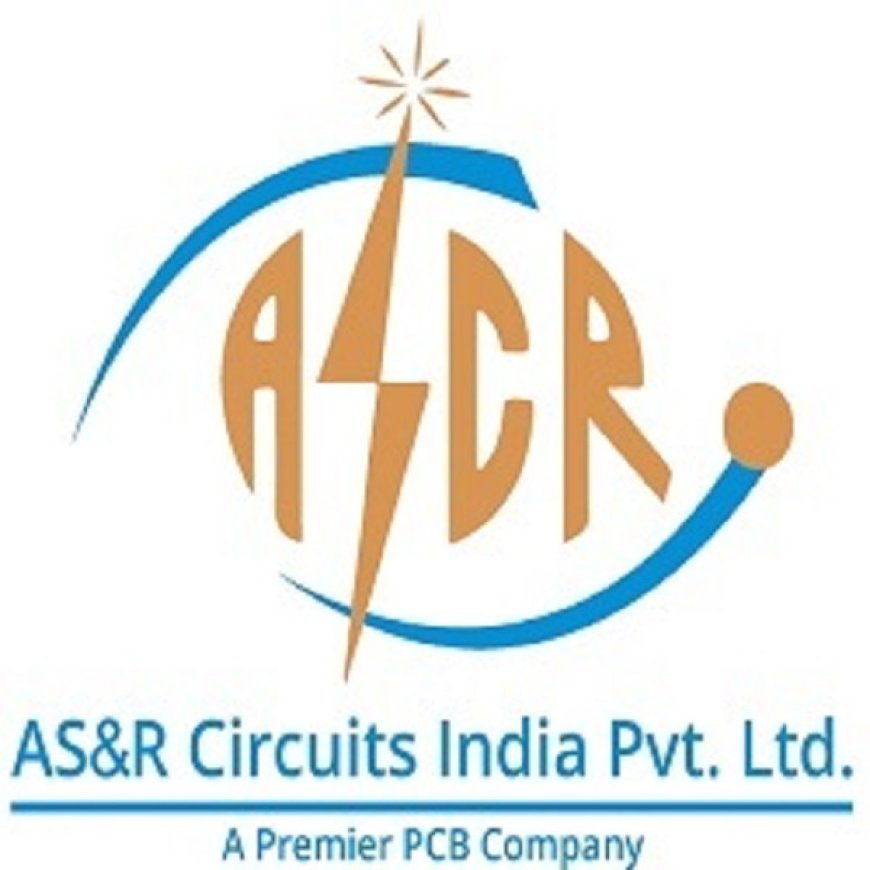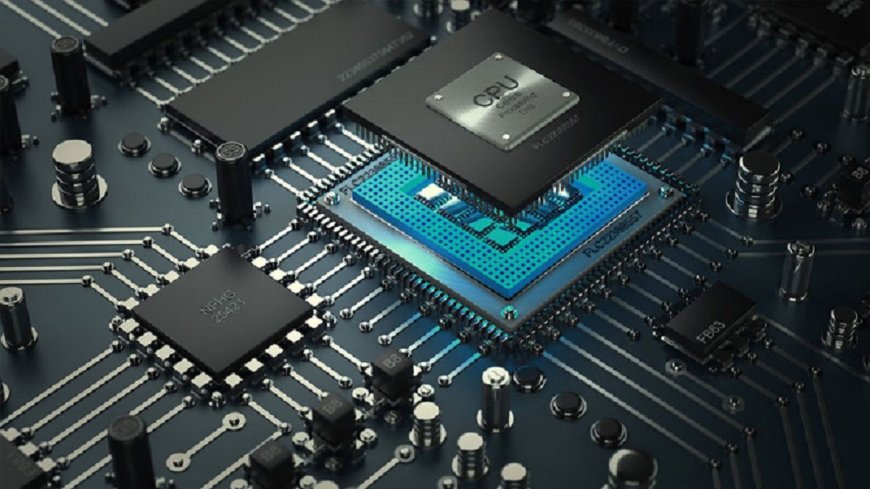A Complete Guide to PCB Manufacturing Process: From Design to Assembly
Printed Circuit Boards (PCBs) are at the heart of almost every electronic device, from smartphones to industrial automation systems. The demand for advanced, high-performance PCBs has led to the growth of the PCB industry, especially in regions like India where top-notch manufacturing capabilities are now available. In this blog, we walk you through the complete PCB manufacturing process from design to assembly while exploring the latest trends, such as HDI, micro via, and high-speed digital PCBs.
1. Design and Planning
The journey of every PCB begins with its design. Engineers use advanced software tools to lay out the circuit, define the layer stack-up, and plan component placements. Modern-day digital PCB design focuses not only on functionality but also on signal integrity, thermal management, and manufacturability.
For high-performance applications, such as in aerospace and medical devices, designers often follow IPC Class III standards. Choosing the right PCB manufacturer in India early in the design phase ensures compatibility with manufacturing capabilities like blind via holes PCB, buried via holes PCB, or HDI PCB technologies.
2. Material Selection
Once the design is ready, selecting the correct base material is crucial. FR4 is commonly used, but for high-speed digital PCB applications, materials with lower dielectric constants and loss tangents are preferred.
Multilayer designs are popular in complex systems. A reliable Multilayer PCB India supplier should provide quality assurance on lamination, signal isolation, and thermal stability for up to 40+ layers.
3. Printing the Inner Layers
The first manufacturing step involves transferring the PCB design onto the copper-clad laminate. A photoresist is applied, and UV light is used to develop the image of the circuit. The unwanted copper is etched away, leaving behind the desired pattern.
In micro via PCB manufacturing, this step is especially critical due to the precision required in creating vias less than 150 microns in diameter. A trusted micro via PCB manufacturer in India should have cutting-edge laser drilling and imaging equipment.
4. Lamination and Layer Alignment
For multilayer PCBs, once the inner layers are etched, they are stacked together with prepreg (pre-impregnated composite fibers) and laminated under heat and pressure. Proper alignment is crucial, especially when dealing with buried via holes PCB or blind via holes PCB, where layers must interconnect seamlessly without interference.
5. Drilling and Via Formation
Next comes the drilling of holes to connect layers and mount components. This includes through-hole vias, blind vias, buried vias, and micro vias. Modern HDI PCB manufacturers in India use laser drilling for precision and accuracy in small-via formation.
The drilled holes are then plated with copper using an electroplating process, ensuring reliable electrical connectivity throughout the board.
6. Copper Plating and Etching
After drilling, a thin layer of copper is electroplated onto the surface and inside the vias. This is followed by another photoresist coating, imaging, and etching to create the outer layer circuit pattern. This step finalizes the conductive paths for the outer layers.
7. Surface Finish Application
To protect exposed copper and improve solderability, a surface finish is applied. One of the most preferred options is the ENIG (Electroless Nickel Immersion Gold) finish. It provides a flat surface ideal for fine-pitch components and excellent corrosion resistance.
If youre looking for an ENIG finish PCB manufacturer in India, ensure they comply with international quality standards and deliver consistent surface quality across batches.
8. Solder Mask and Silkscreen
A solder mask is applied to prevent solder bridging and protect traces. Then, a silkscreen layer is printed to display reference indicators for assembly.
For ROHS-compliant PCBs, manufacturers must ensure the use of lead-free solder masks and finishes. A professional ROHS PCB manufacturer in India can deliver eco-friendly boards without compromising on quality or durability.
9. Testing and Quality Control
Testing is a crucial step to catch any manufacturing defects. Electrical testing, automated optical inspection (AOI), and X-ray analysis are used to verify the functionality of traces, vias, and component placement.
IPC Class III PCB manufacturers perform more rigorous testing to ensure the highest levels of reliability, especially for mission-critical applications.
10. Assembly and Final Integration
Once the bare board passes quality checks, it moves to the assembly stage where components are soldered using SMT or through-hole technology. Final testing and inspection are performed before the PCB is delivered to the customer or integrated into a larger system.
Conclusion
Understanding the complete PCB manufacturing process helps you make informed decisions when choosing a supplier. Whether you're building a simple two-layer board or a complex high-speed digital PCB with blind, buried, and Metal Backed PCB, working with an experienced PCB manufacturer in India can make a significant difference.
Look for specialization in HDI, ENIG finish, ROHS compliance, and IPC Class III certification to ensure your product performs reliably in the real world.




















